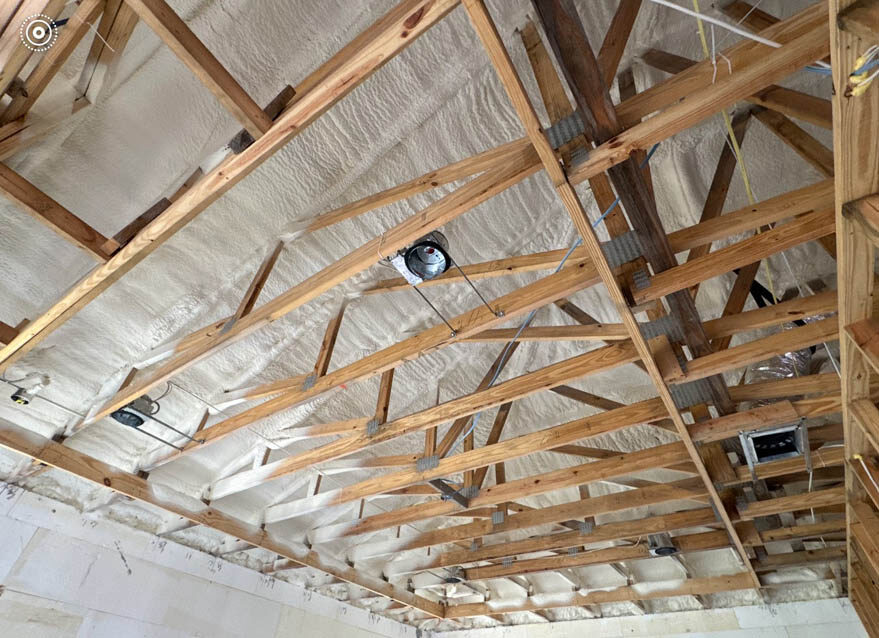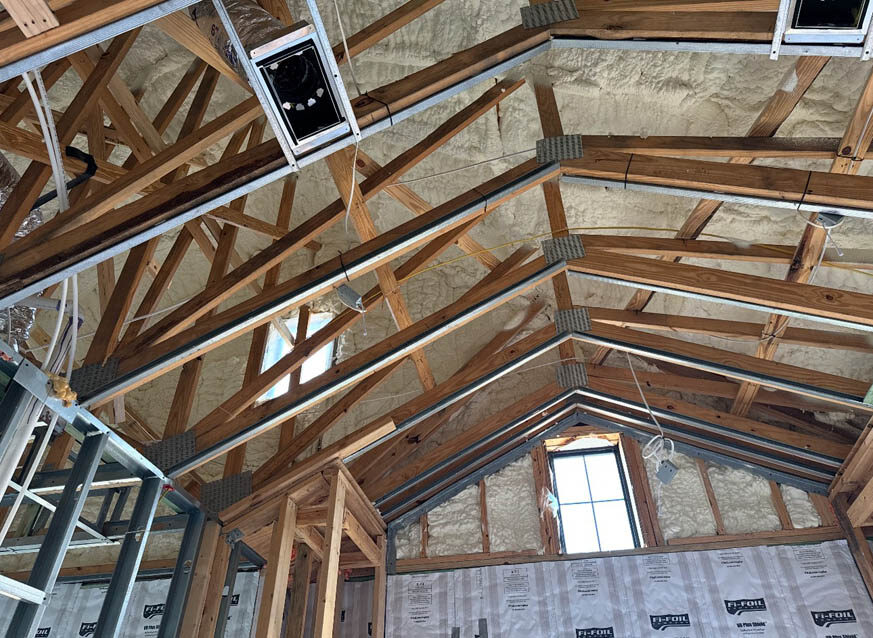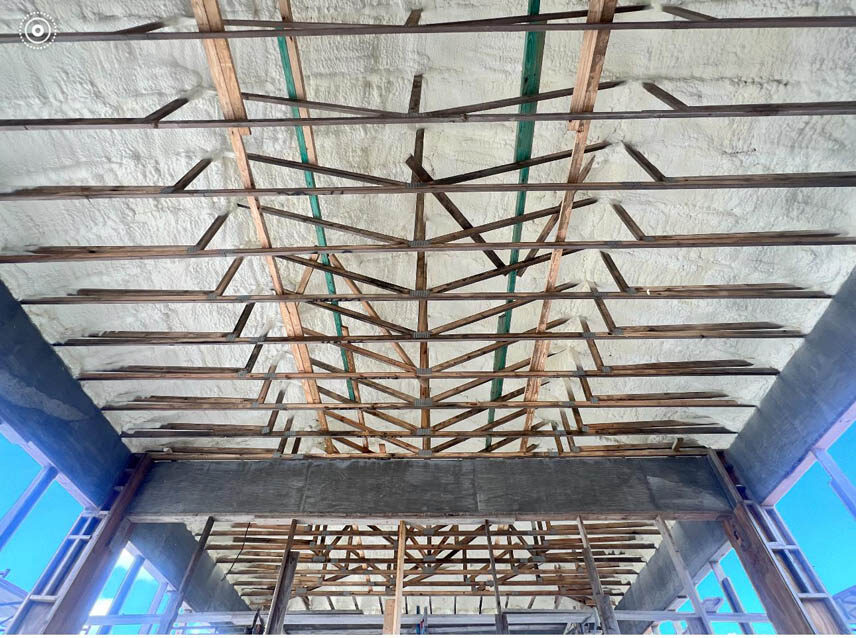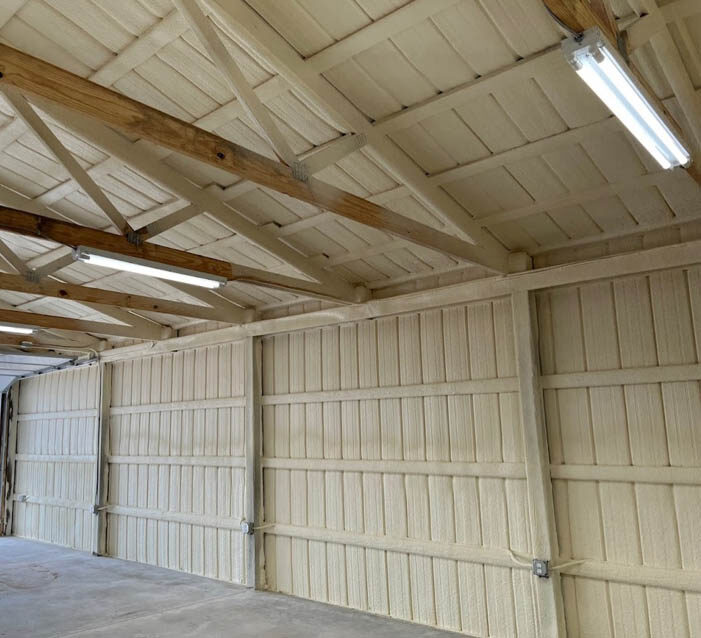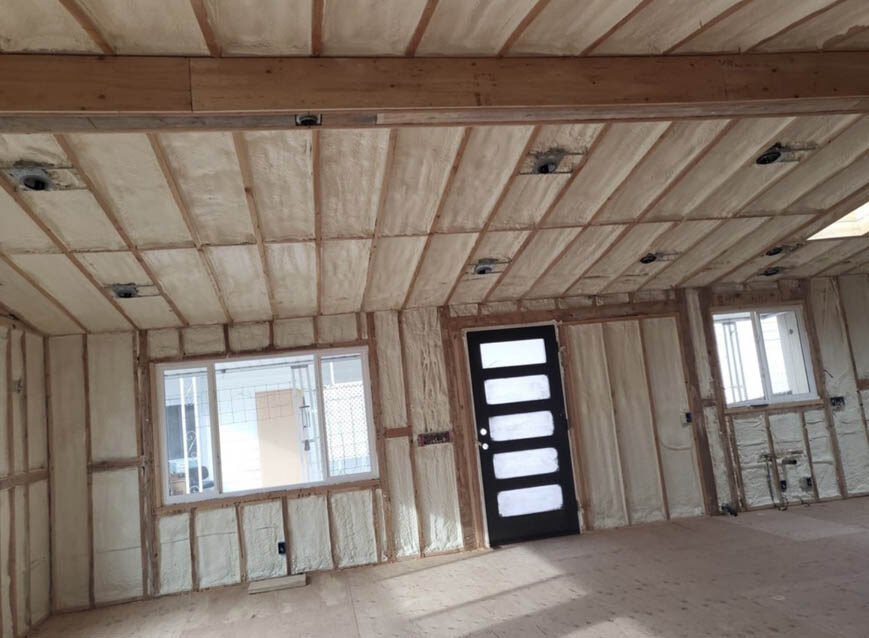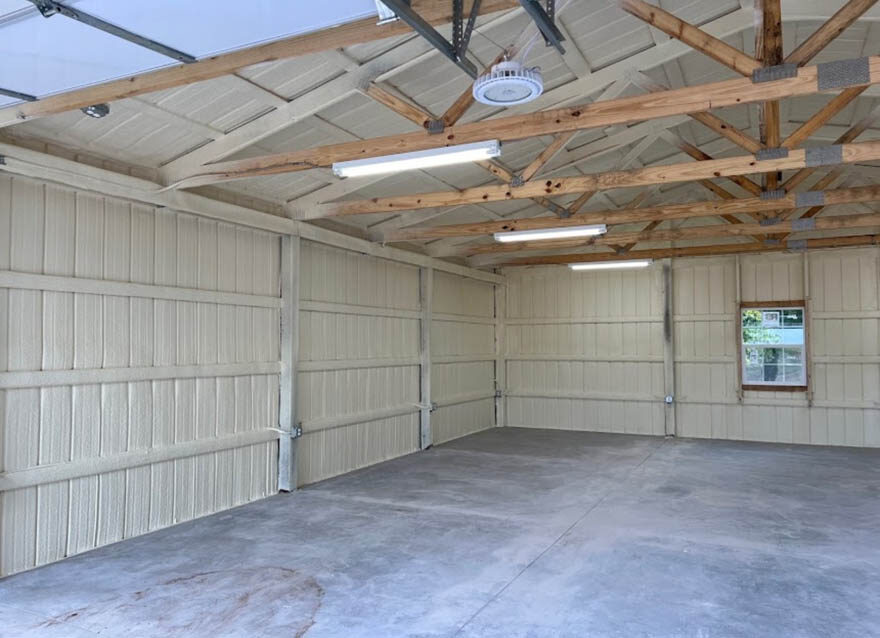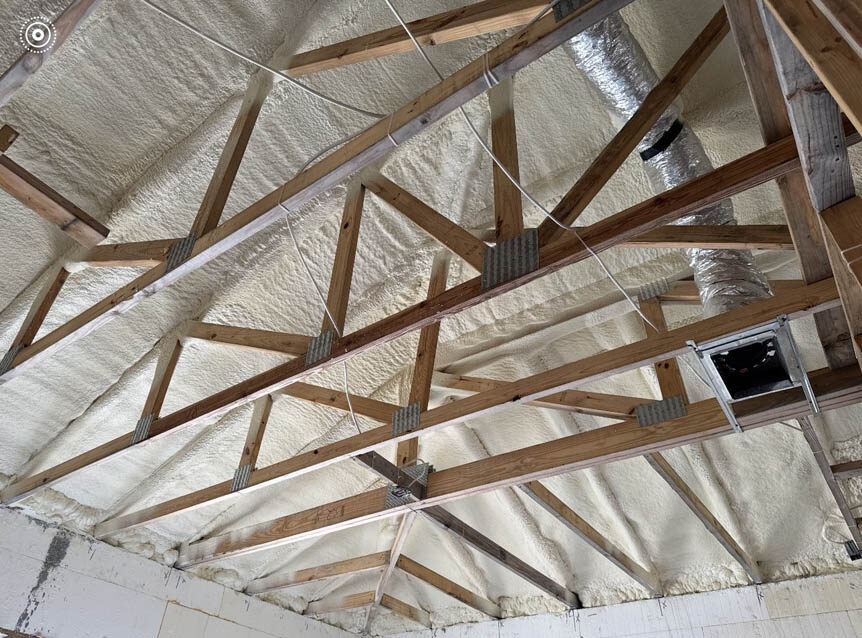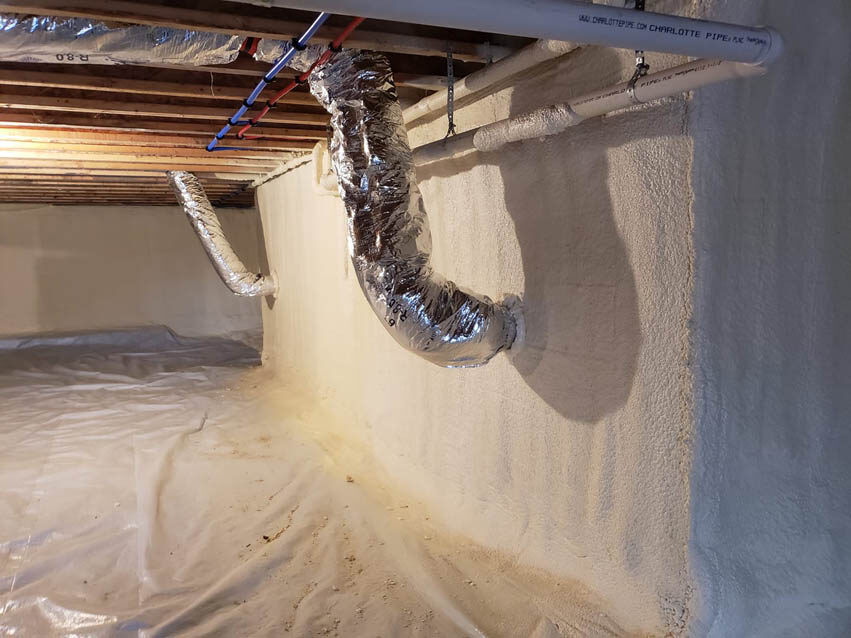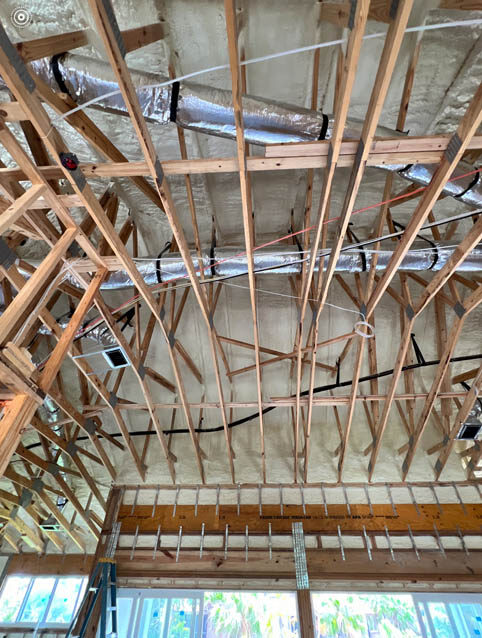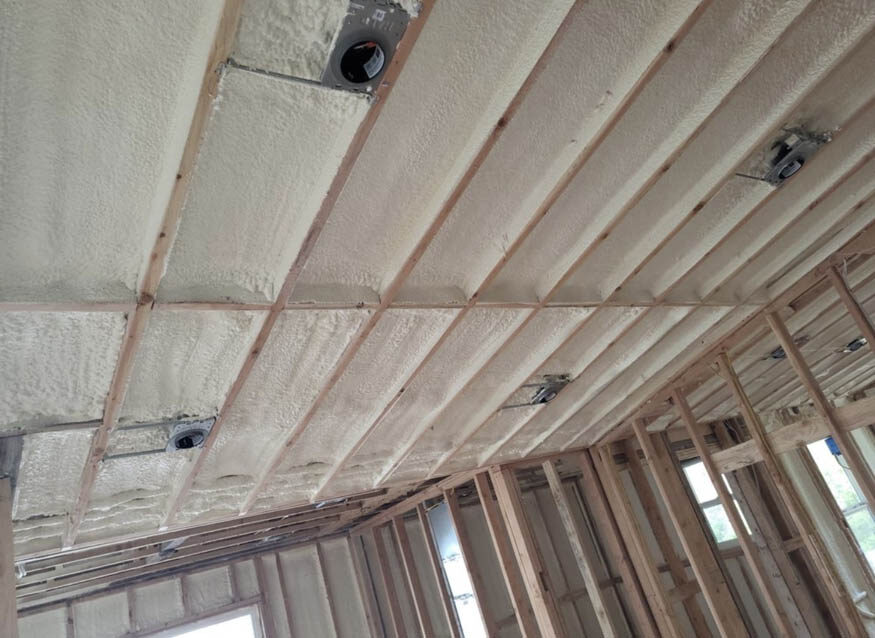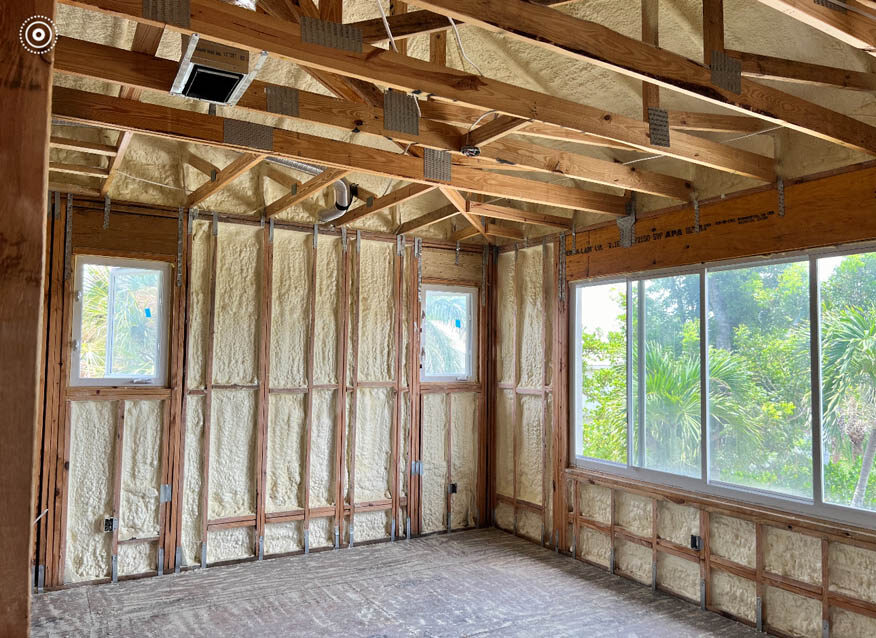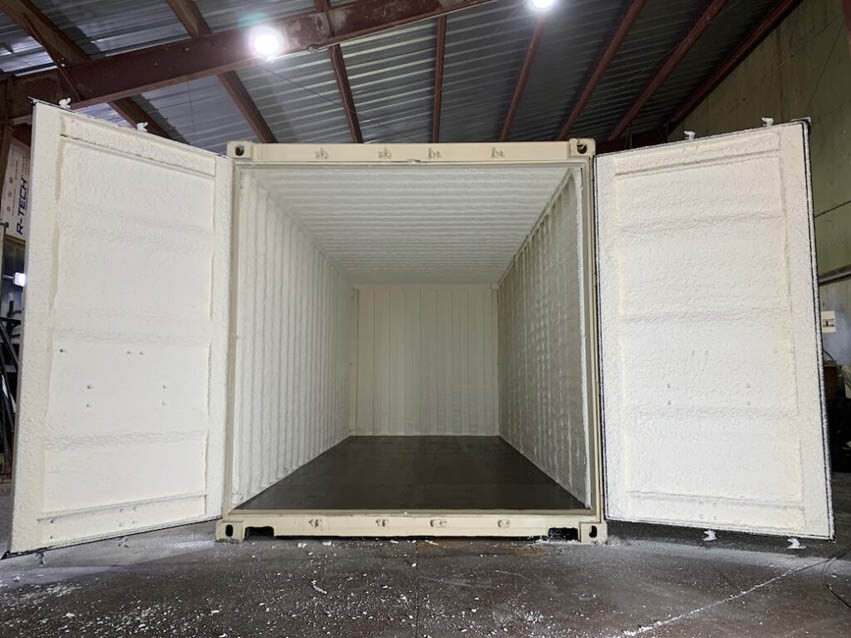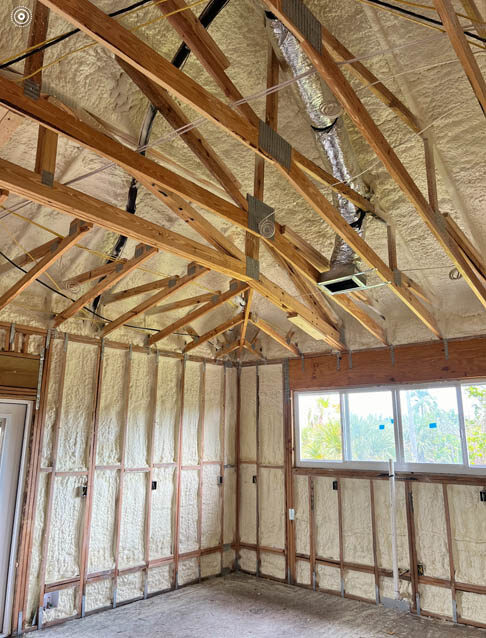SPRAY FOAM INSULATION
Spray foam insulation is a cutting-edge solution for creating energy-efficient and well-sealed homes and commercial spaces. Made from a blend of liquid polyurethane and isocyanate, spray foam expands upon application to fill gaps, cracks, and hard-to-reach spaces. This process forms a durable, airtight barrier that provides exceptional thermal insulation and prevents air and moisture infiltration.
Available in two primary types—open-cell and closed-cell foam—each offers unique benefits. Open-cell foam is lightweight, flexible, and ideal for soundproofing, while closed-cell foam is denser, providing superior structural support and moisture resistance.
At Sunset Insulation, we specialize in providing high-quality spray foam insulation solutions tailored to meet the unique needs of Southwest Florida homeowners and businesses. Our team of experienced professionals is dedicated to delivering superior results, ensuring your property stays comfortable, energy-efficient, and protected from the elements.
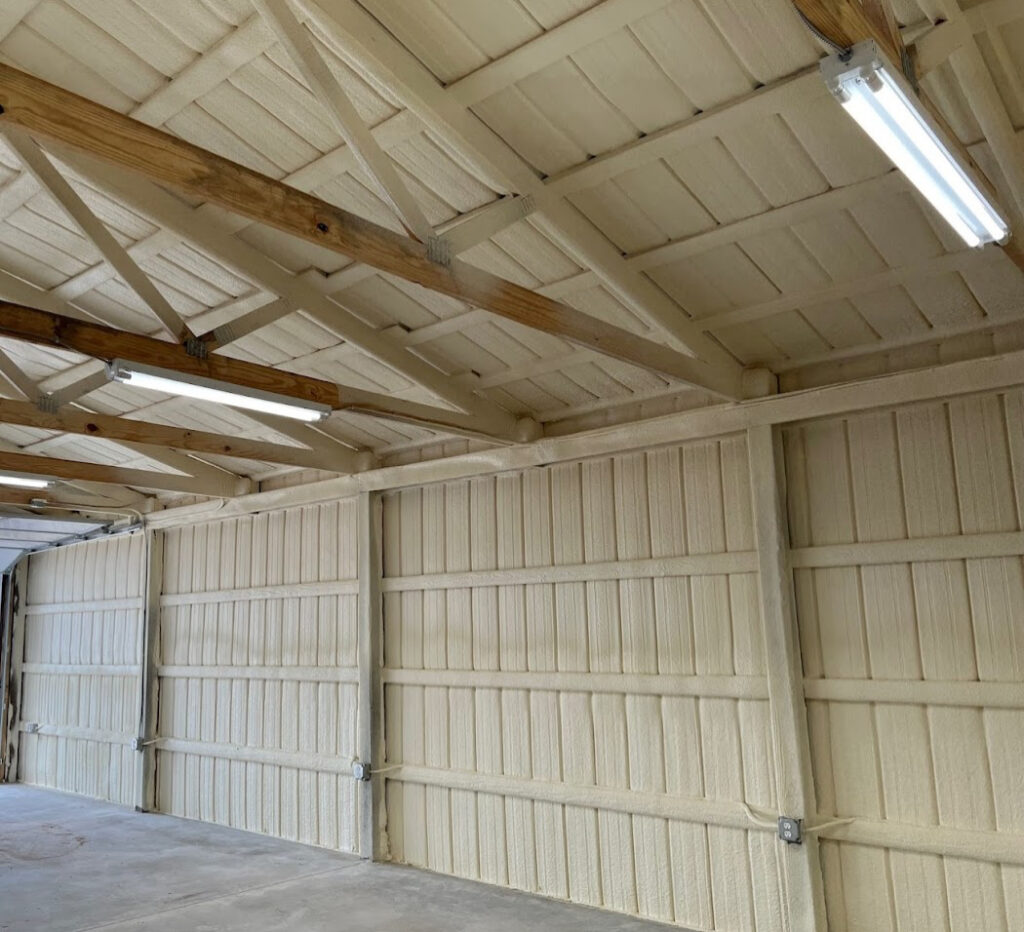
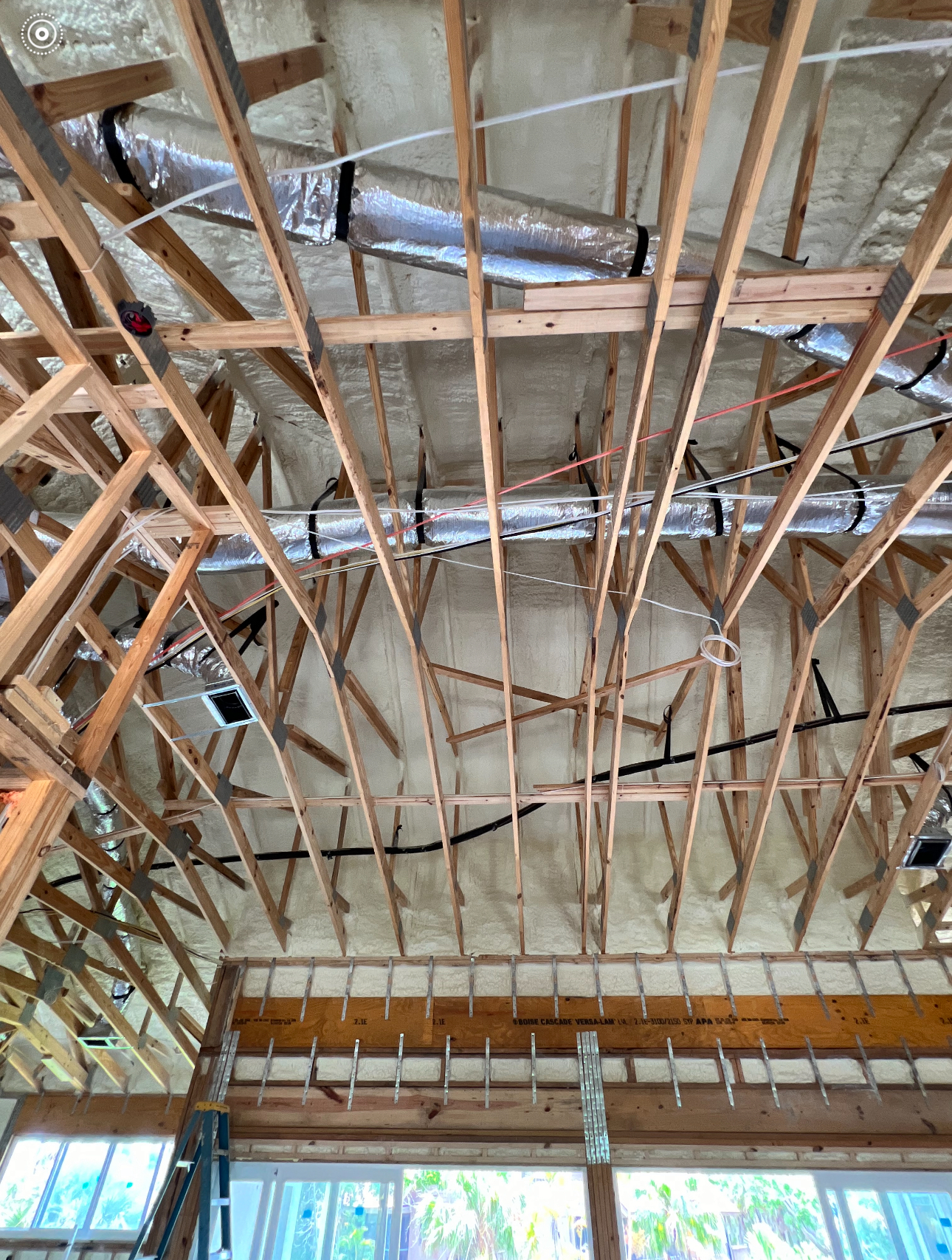
SPRAY FOAM BENEFITS
Residential and commercial properties throughout Southwest Florida benefit from spray foam’s efficiency and durability.
Enhanced Energy Efficiency
Spray foam minimizes air leaks and heat transfer, keeping indoor temperatures consistent and reducing energy bills by up to 50%.
Improved Air Quality
By sealing gaps, spray foam blocks pollen, dust, and allergens, promoting cleaner and healthier air.
Moisture & Mold Prevention
Closed-cell foam acts as a barrier against moisture, preventing mold and mildew growth.
Soundproofing
Open-cell foam absorbs sound waves, creating a quieter and more comfortable indoor environment.
Durability
Spray foam doesn’t settle or degrade over time, offering a long-lasting insulation solution.
Environmentally Friendly
Reducing energy consumption with spray foam lowers your carbon footprint, making it an eco-conscious choice.
Closed-Cell Spray Foam vs. Open-Cell Spray Foam: What’s the Difference?
Closed-cell spray foam and open-cell spray foam are two types of insulation materials commonly used in construction and renovation projects. They offer unique properties and benefits, making them suitable for different applications.
Closed-cell spray foam is a high-density insulation material. It is composed of tiny cells that are closed and packed tightly together. This results in a rigid and compact structure. Open-cell spray foam, on the other hand, has a softer and more flexible structure. It is made up of interconnected cells that are not completely closed, allowing air and moisture to pass through.
Comparing Closed-Cell and Open-Cell Spray Foam
Closed-Cell Spray Foam
One of the key characteristics of closed-cell spray foam insulation is its high R-value. R-value measures the thermal resistance of a material. With a higher R-value, closed-cell foam provides superior insulation compared to open-cell foam. This means it helps keep the inside of a building cooler in hot weather and warmer in cold weather, reducing energy consumption and costs. Closed-cell spray foam also acts as an effective vapor barrier. It prevents moisture from penetrating the building envelope, protecting against mold growth and structural damage caused by water infiltration. Additionally, the rigidity of closed-cell foam adds structural integrity to walls, roofs, and other surfaces.
Open-Cell Spray Foam
Although open-cell foam has a lower R-value compared to closed-cell foam, it offers other advantages. One of the standout features of open-cell spray foam is its excellent sound absorption properties. It can reduce noise transmission between rooms and floors, creating a quieter and more comfortable indoor environment.
Another benefit of open-cell foam is its breathability. Unlike closed-cell foam, it allows moisture vapor to pass through the material, preventing trapped moisture and potential issues like condensation. This makes open-cell foam suitable for areas where moisture control is not a primary concern, such as ceilings and interior walls.
Using and Installing Closed-Cell and Open-Cell Spray Foam
Closed-cell spray foam is commonly used in applications with limited space, such as attics, crawl spaces, and walls, as well as anything below grade. Its rigid nature provides structural support while effectively blocking air and moisture infiltration. The installation process involves spraying the foam onto the desired surface, where it expands and hardens, creating a seamless barrier.
Open-cell spray foam is a good choice for warmer climates. Due to open cell foam’s expanding nature, it fills in gaps and odd shape cavities better than fiberglass and becomes an air barrier at around 4″ thick.
Closed-cell spray foam is ideal for cold climates where moisture control is crucial, while open-cell spray foam is more suitable for warm climates where breathability is important.

